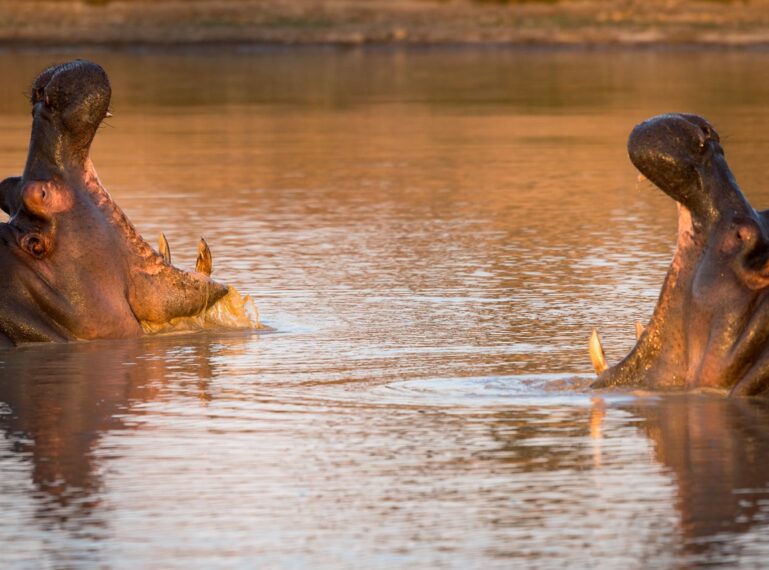
In honour of the month of love, we dive into nature’s most intriguing courtships and mating rituals in the African wilderness.
Africa’s romance extends beyond picturesque sunsets and the safari experience. It reaches into the very heart of its wild inhabitants. From fierce battles between elephant bulls in musth to the elaborate courtship dance of male ostriches, the African wilderness turns into a theatrical display of bizarre and fascinating behaviour when it comes to mating season. (Not that the mating rituals of humans are any less absurd) These fascinating rituals and complex courtships perfected over millennia, tell unique stories of adaptation, competition, and survival in the wild.
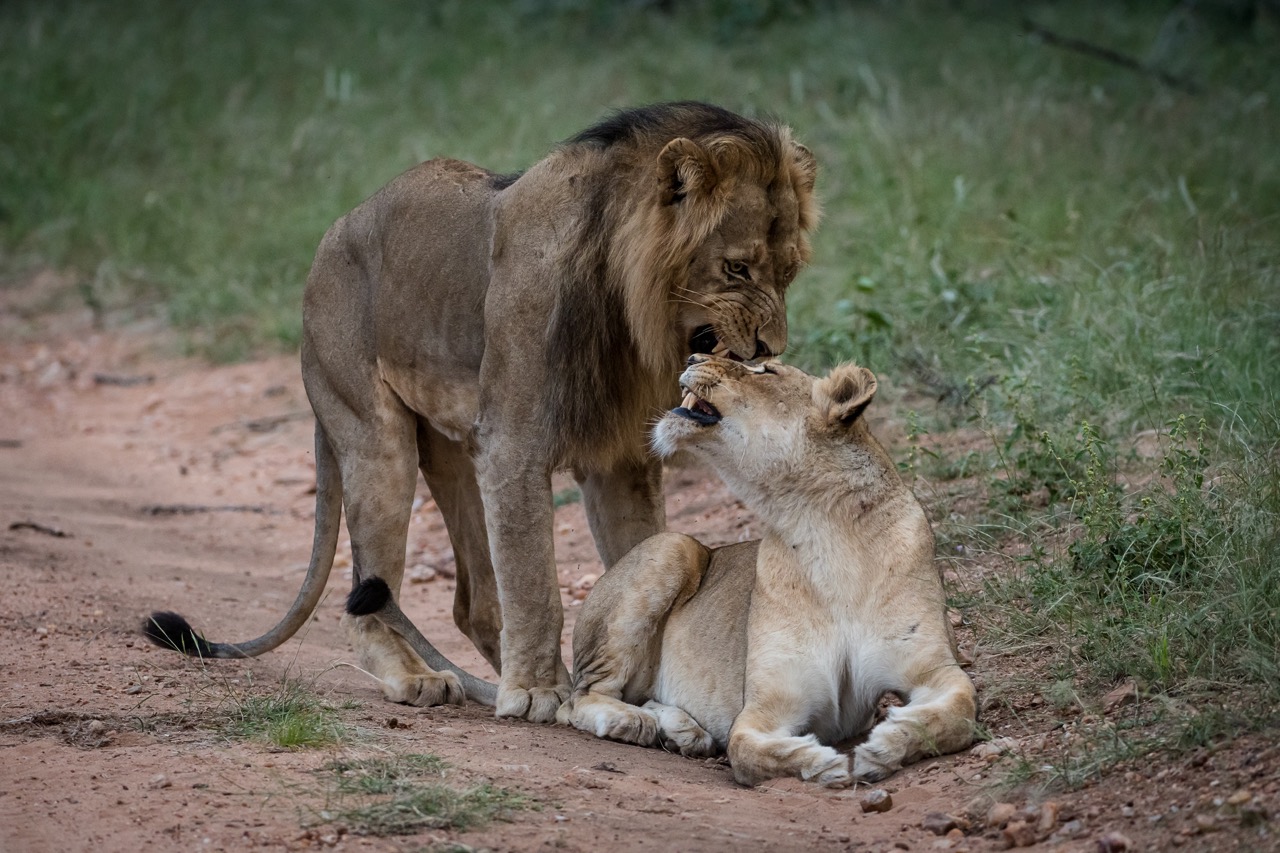 Shake your tail feather
Shake your tail feather
The male ostrich performs one of the most elaborate dancing displays in the African wilderness. He drops to his knees, spreads his large wings out wide and begins to sway as if he were at a Coldplay concert. The male’s long neck turns bright pink as a signal that mating season is on. Their black and white plumage flutters dramatically as he attempts to win the attention of a female ostrich. Multiple dance sessions may take place before a female accepts.
The African Paradise Flycatcher makes use of what he has got in order to attract love.
During the breeding season, his already elegant tail grows extraordinarily long. Like an aerial artist, he performs elaborate dances to parade his long tail feathers. If that is not enough to woo her, he proves his worth by crafting intricate nests. Once successfully wooed, the pair will form a dedicated partnership where they share the tasks of nest-building and raising their chicks. Watch this video of these beautiful birds here.
Our last few blog posts have dived into the marvellous microscopic worlds of dung beetles. Our fascination with the celestial navigating dung beetles continues. They have a unique mating ritual in which males will spend hours crafting the perfect dung balls to attract the attention of a female. Competition is fierce as rival males battle dramatically over both their carefully crafted dung balls and potential mates. The winners performs a special dance atop their prize dung balls before rolling off into the sunset on their dung ball together.
In the fascinating world of hyenas, traditional gender roles are turned upside down. This matriarchal society is ruled by females who are not only larger than males but also more aggressive. Females outrank all males- even the lowest ranking female outranks the highest ranking male.
Courtship in hyena society is a marathon, not a sprint. There is no instant swiping right here Males must patiently court females for weeks or even months. Males must first submit to the female and then gain acceptance from both the female and her entire clan. The most successful males are those that spend time building relationships with the female and her clan.
The mating process itself is incredibly complex due to female hyenas’ distinctive anatomy – they possess a pseudopenis. It requires extraordinary cooperation between partners.The social structure impacts cub-rearing. Cubs inherit their mother’s rank, creating hierarchy within the clan. While there’s some cooperative care among females, rank still dictates behavior. Higher-ranking females may show aggression toward cubs of lower-ranking mothers, leading these mothers to raise their cubs separately initially. Only when the cubs are stronger and more resilient do they fully integrate into clan life.
Young males must leave the clan around age 2-3, starting at the bottom of the social ladder once again when they are accepted by a new clan. Hyenas remain one of Africa’s most misunderstood and intriguing species. Read more about them in this previous post.
Elephants another matriarchal society in the wild. When male elephants become teenagers (aged 15-20) they are ousted from the herd and sent on a journey of self discovery. When on safari, an elephant bull on musth can be an intimidating encounter. It is important to understand, respect and ready the signs of animals on safari. Bulls on musth secrete a dark, hormone-rich liquid from their temporal glands. They also have a distinct scent they secrete due to the constant drip of urine down their hind legs, females can detect this scent from several kilometres away. Even without the acute sense of smell of an elephant, humans can also detect this secretion.
During ‘musth’ males experience a period of heightened testosterone and aggression. Males wander extensively in search of receptive females. Females will steer clear of bulls unless they are ready and will let bulls know through vocalisations and scent. Courtships is short and mating even shorter, lasting no more than a few minutes. They may mate several times over a period of one or more days. If successful gestation will last up to 22 months. The entire herd will help support the pregnant mother as well as help care for the calf when born.
The mighty hippopotamus turns courtship into a dramatic display of power and territory. Males show dominance by opening their massive jaws up to 150 degrees, brandishing enormous canine teeth to establish hierarchy.
To mark their territory, they spray dung with flickering tails. Females choose their mates based on both fighting prowess and territory quality. Once calves arrive, the mothers become fierce protectors, protecting their young from all possible threats including male hippos, who play no role in raising the calves.
This is but a glimpse into the remarkable rituals and complex courtships in the African wilderness.
Each season brings new opportunities to witness nature’s most spectacular moments.
Experience these extraordinary wildlife encounters for yourself on an unforgettable safari adventure.
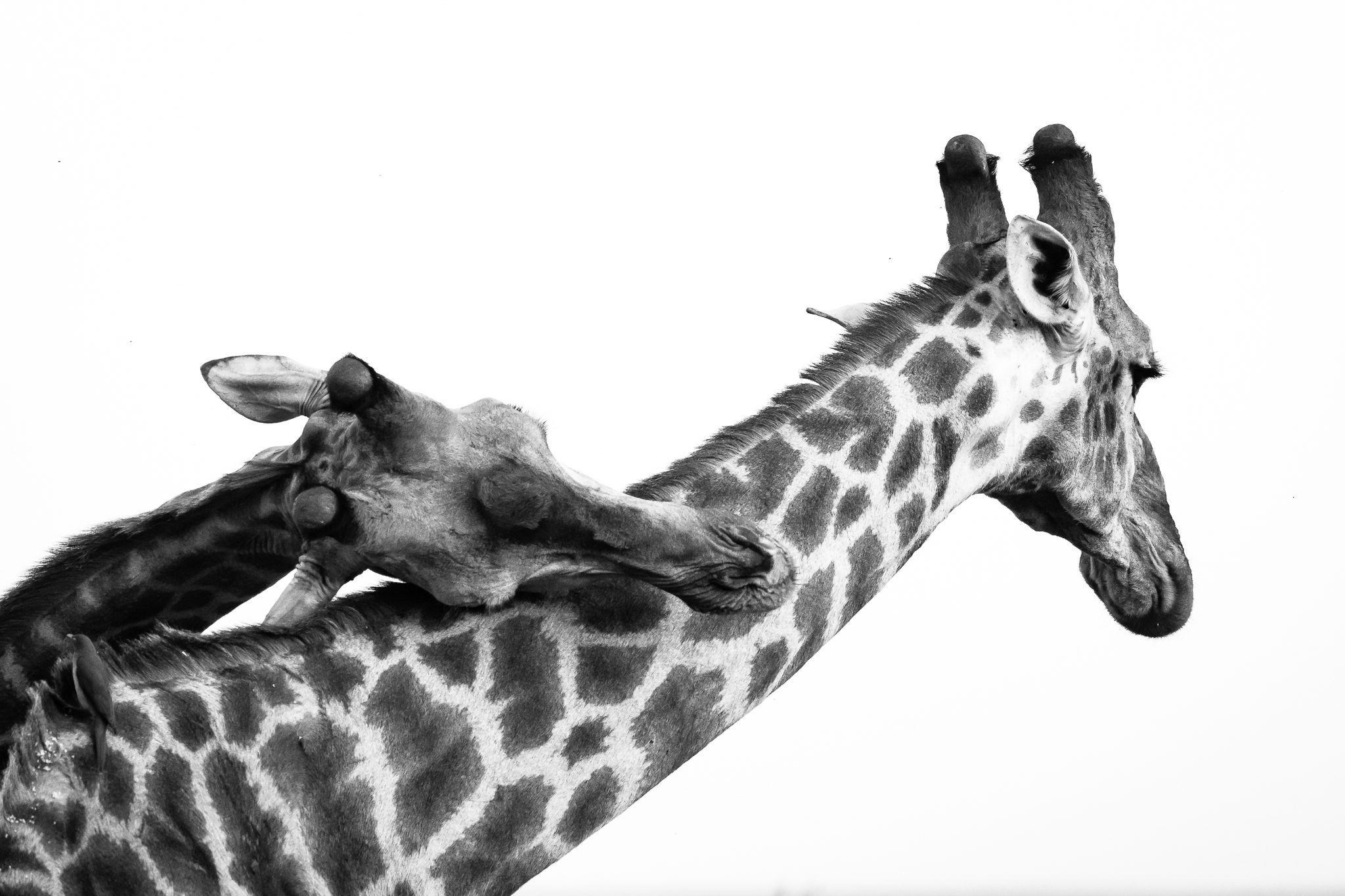
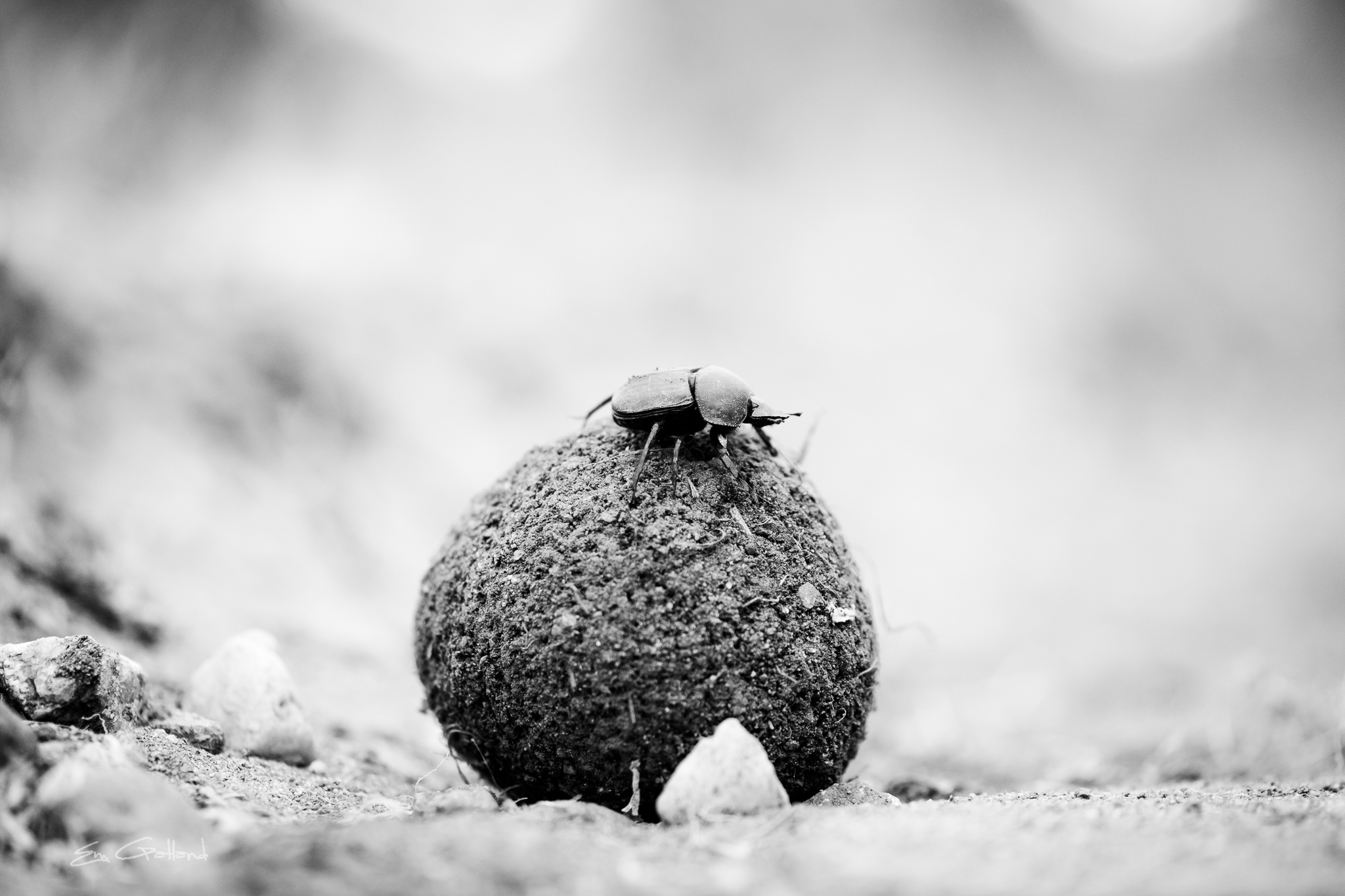
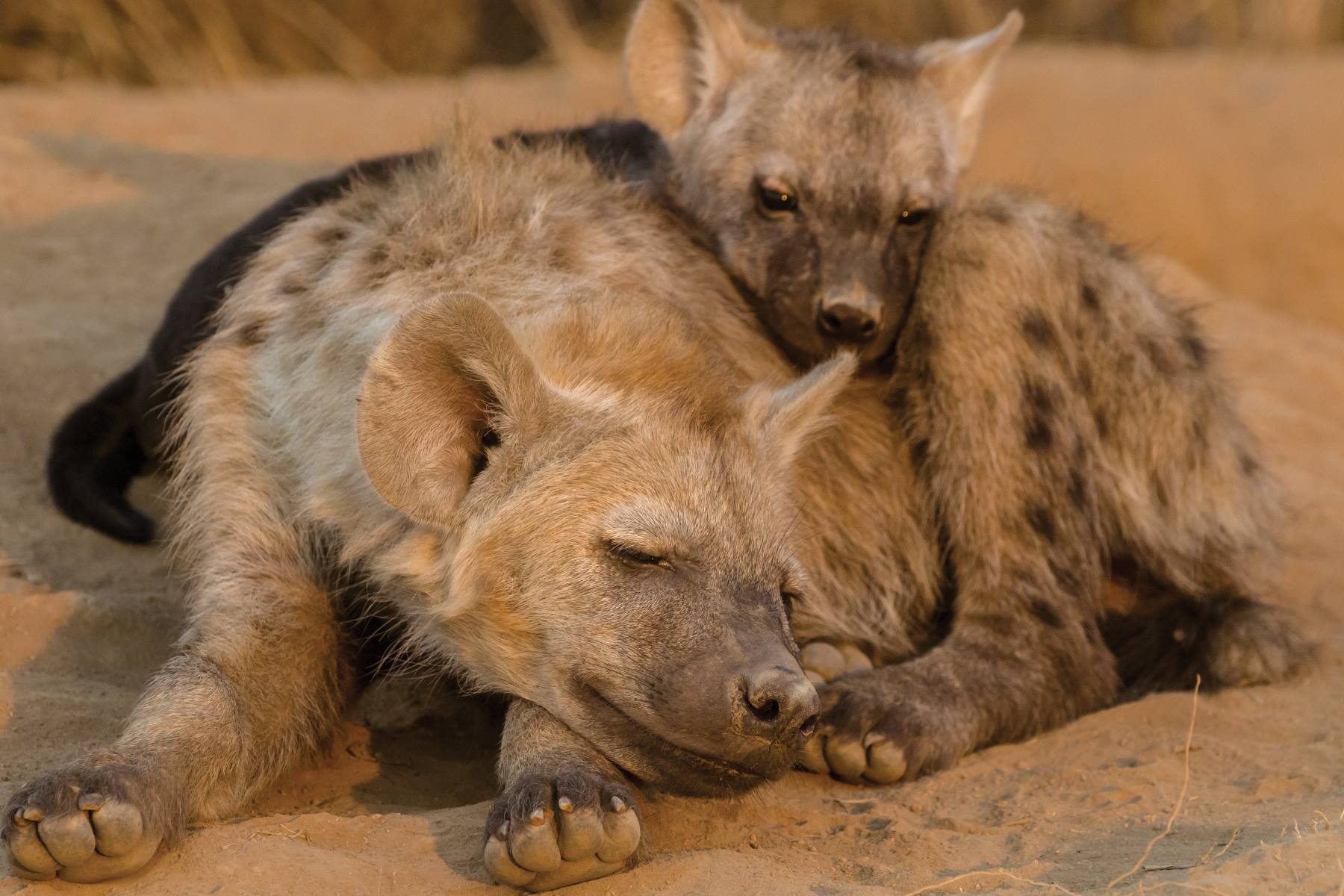
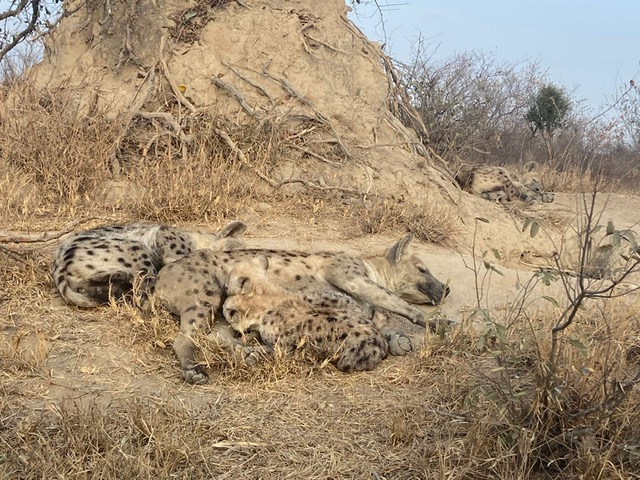
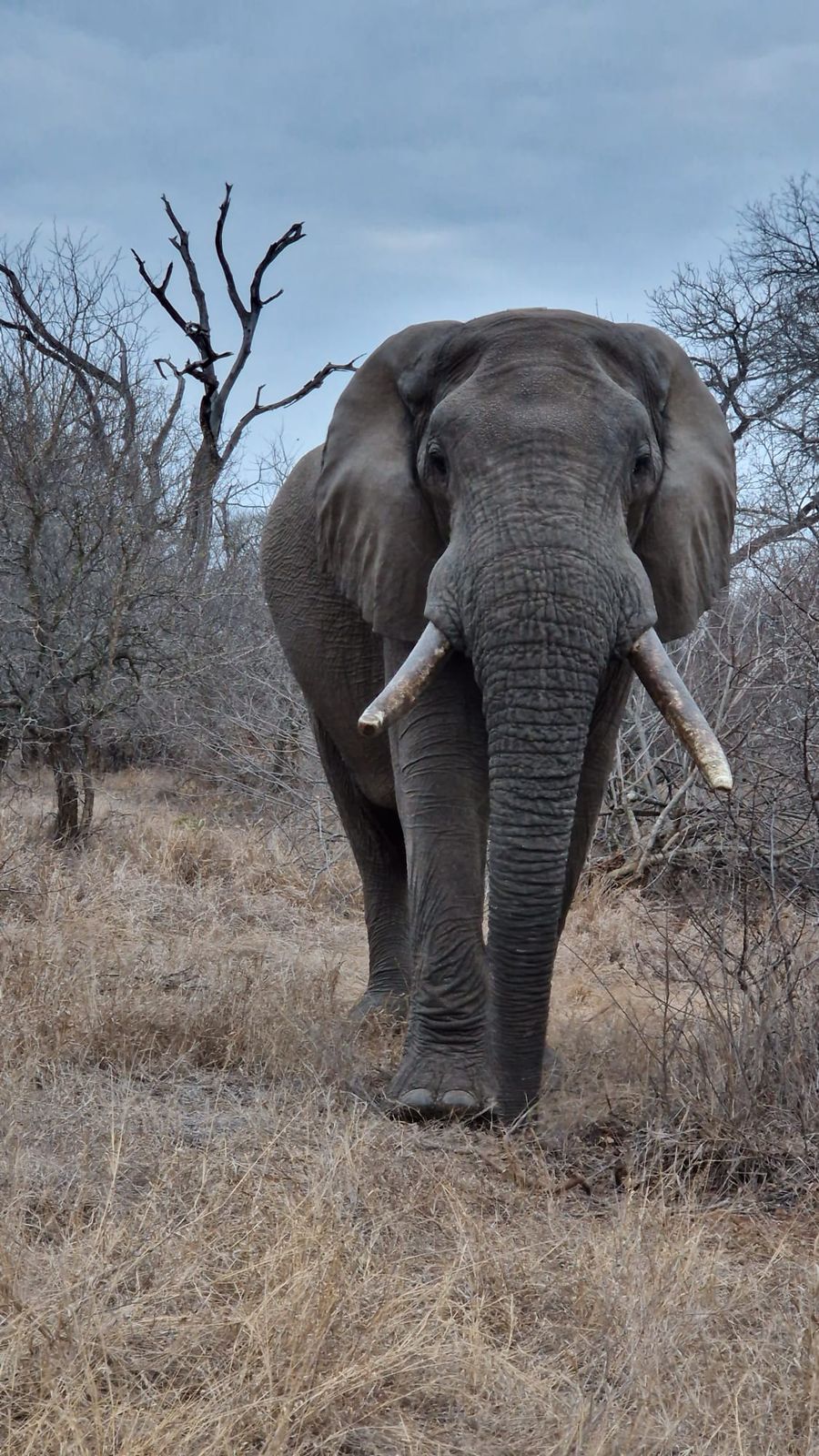
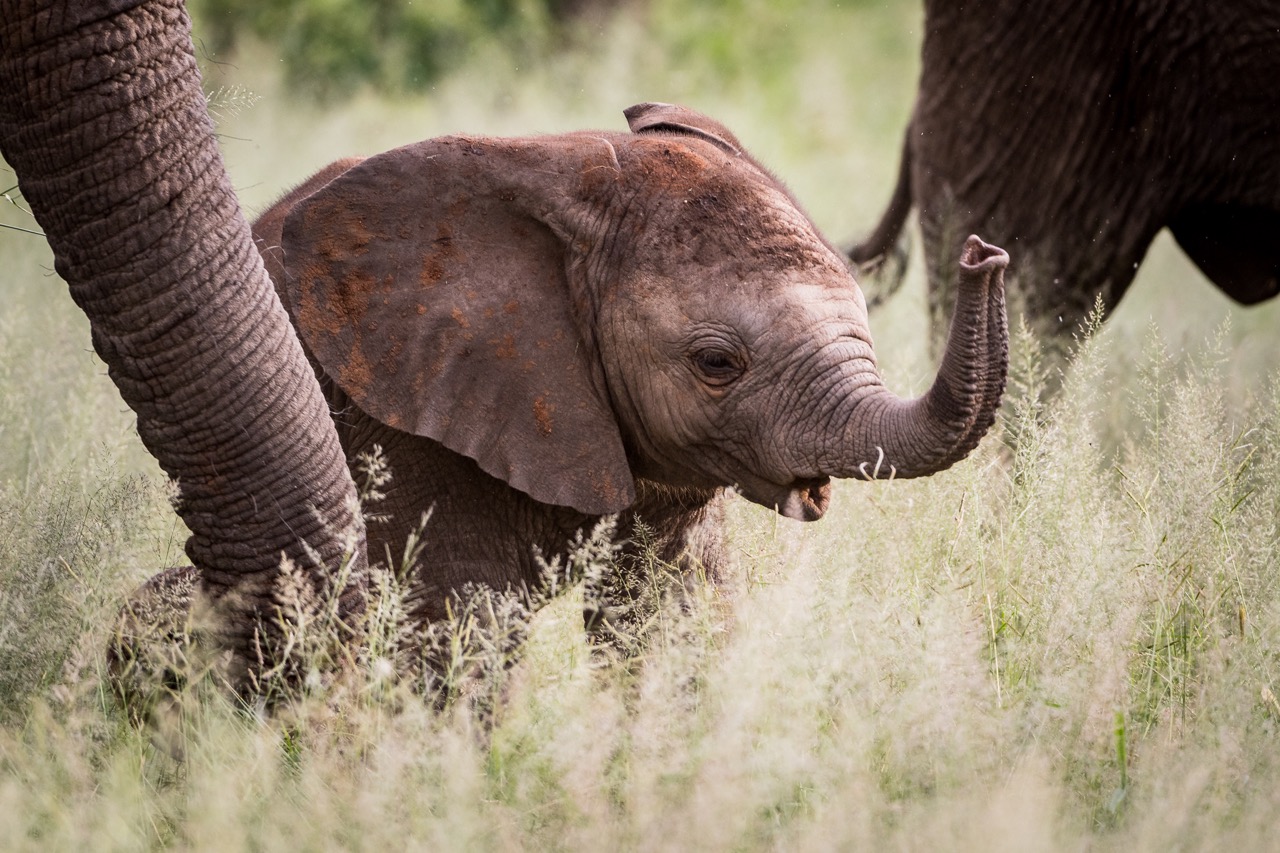
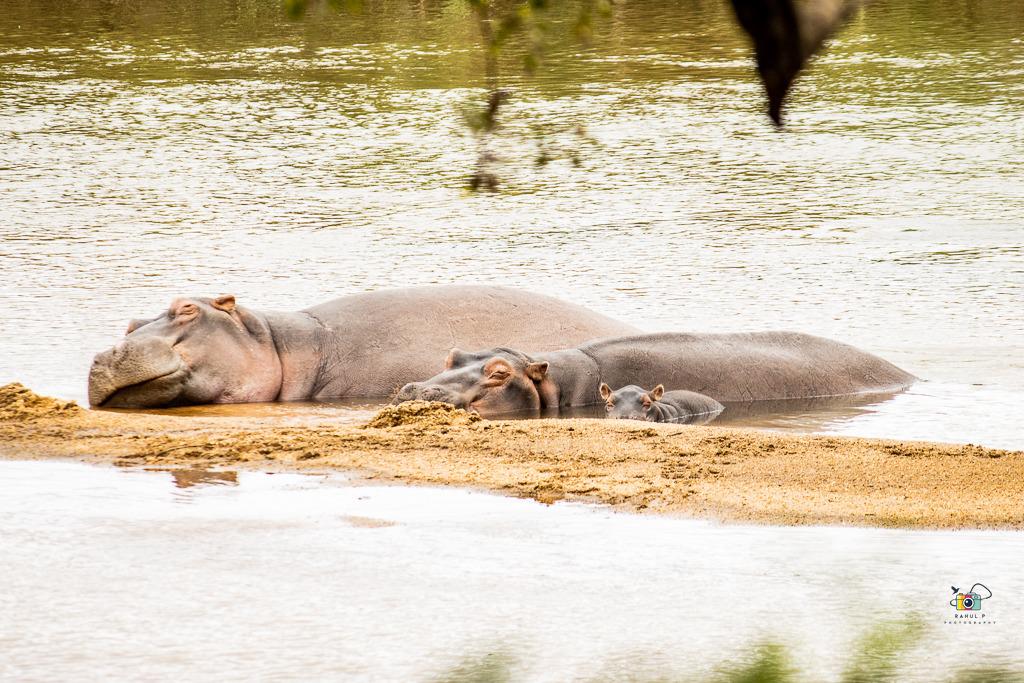
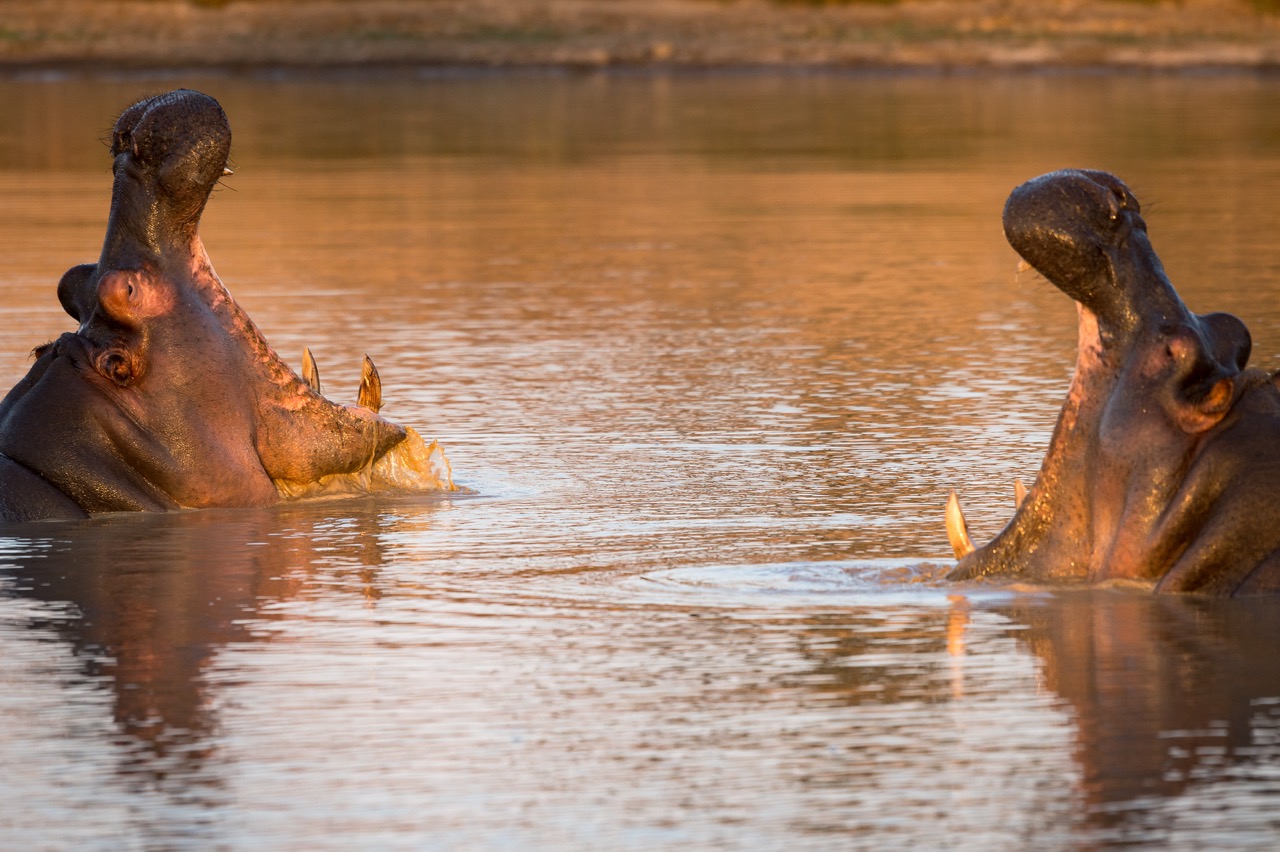
Leave a Comment